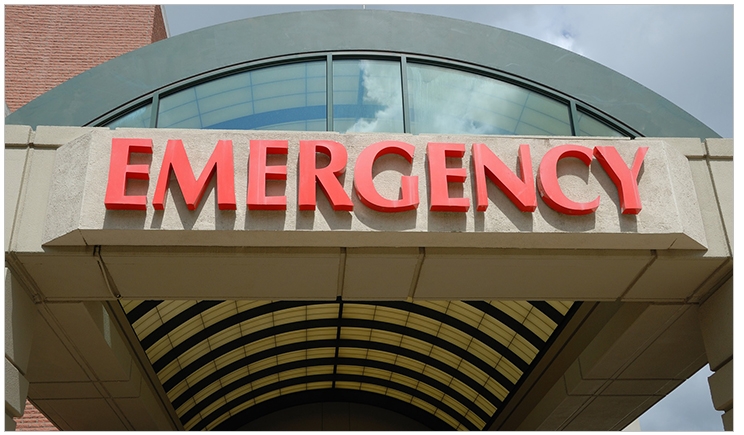
As many people continue to wrestle with insurance coverage for routine dental care, they postpone treatment until it’s too late and then turn to the local emergency room for help. But these visits often are expensive, according to the Agency for Healthcare Research and Quality (AHRQ), and rarely do more than provide temporary relief.
From 2009 to 2013, the AHRQ reports, the overall rate of emergency room visits for dental issues increased from 307.0 to 316.1 per 100,000 people. Also, residents of micropolitan and non-core areas were more likely than residents of large fringe metropolitan areas to have an emergency room visit with a principal diagnosis of dental conditions.
“Oftentimes it’s just an abscess or chronic infection. Or the tooth isn’t bad enough that it needs to be extracted, but they still need a root canal,” said Mason Segura, a fourth year dental student at the Loma Linda University School of Dentistry who has studied dental emergency room visits in California. “And the doctors there say, ‘Here’s some painkillers, here’s some antibiotics, now go see your dentist.”
Dental caries, pulpal lesions, and gingival and periodontal conditions all can be treated routinely in the dental office. When they are neglected, though, minor localized infections can progress to form cellulitis or systemic infection and can even lead to death. Care provided in hospital settings is less effective in managing oral health complaints, the AHRQ says, and may represent a very inefficient use of limited hospital resources.
“It’s this useless step where it’s a $700 writeoff for the hospital and no treatment is really done, and the patient ends up going back to the dentist anyway,” said Segura. “There’s a myriad of reasons why people go to emergency departments. Socially, it’s what they do. Availability, it’s what they do. A lack of Medicaid dentists, it’s what they do. But they end up following up with the dentist.”
The AHRQ researched the issue as part of the National Healthcare Quality and Disparities Report, designed to collect data to improve access to effective and affordable care. According to the AHRQ, about 13% to 27% of emergency room visits in the United States could be managed in physician offices, clinics, and urgent care centers, saving $4.4 billion annually.
The AHRQ also found that in 2013, the rate of emergency room visits with a principal diagnosis of dental conditions was lowest for individuals age 85 years and older (45.0 per 100,000 population) and highest for individuals between the ages of 18 and 44 years (633.7 per 100,000 population).
These figures line up with a report from the ADA’s Health Policy Institute showing an overall increase in emergency department visits from 2006 to 2012, with the greatest use and increase among those age 26 to 34 years old. The ADA also found these visits costing the United States healthcare system $1.6 billion, or $749 per visit in 2012.
Related Articles
Dental Cases Spike in Florida ERs: A Q&A With Dr. Scott L. Tomar
Emergency Room Visits on the Rise for Dental Patients
Traumatic Dental Injuries: Emergency Assessment and Treatment











